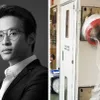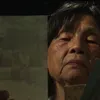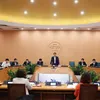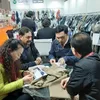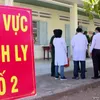Architect Pham Thanh Quang: "Our profession is specific and different"
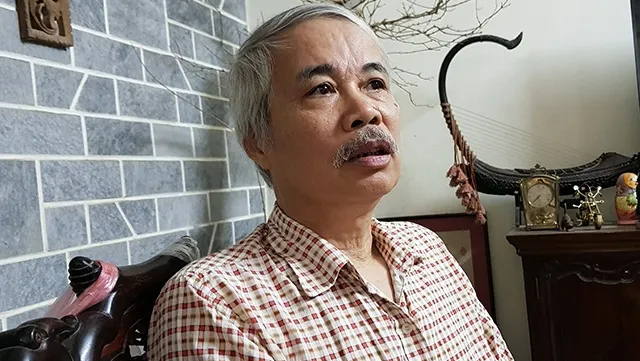
The architect granted an interview to Nhan Dan (People) Weekly Newspaper, sharing his thoughts about his profession.
Q: You began your career right after you graduated from university and have always been attached to the columns, trusses, knives and roofs. Have you ever thought whether the profession chose you or you chose it?
A: In 1981, when I graduated from the Department of Architecture under the National University of Civil Engineering, I met Le Thanh Vinh (later the ICM’s Director) and several of his colleagues while they were inscribing and drawing the steles at the Van Mieu - Quoc Tu Giam (Temple of Literature). After the talks, he introduced me to architect Hoang Dao Kinh at the institute (called the Workshop for Conservation and Restoration of Monuments at that time). My skills were checked and I was accepted to work here.
During the war period, conservation and restoration activities were not conducted, mainly ranking and creating dossiers for relics, especially the inscriptions on monuments were the focus. From 1972-1978, the Workshop trained many graphic technicians. The workshop has a number of members who have been involved in inscribing the monuments since the French colonial period, such as Nguyen Dinh Binh and Nguyen Do Minh. That was the period when the drawing activities of monuments were conducted constantly. I remember the first project I participated in was the “Trieu mieu” (the Temple of Original Ancestor) in the ancient city of Hue.
Q: According to Prof., PhD, Architect Hoang Dao Kinh, inscribing is the work of creating a documentary foundation which is particularly important for the preservation of material heritages. However,at the time he started his career, this activity was conducted in a very primitive manner?
A: In the past, graphic inscribers had to spend a long time at the monuments. It took us around three months to paint and inscribe and take data right at the works. After that, we had to redraw and articulate the data for more two or three months. At that time, each group consisted of four – five members.
The drawings were all by hand, so we had to work very carefully. All details had to be inscribed accurately and detailed right at the monument. We had to stretch the cords and divide cells to create a proportional drawing. We had to use scaffolds to climb up to the roofs to draw on the spot or stamp negative proofs and then redraw proportionally.
There were many types of tools, including bamboo leaf pens, thin and thick stroke pens, writing paper and stamping equipment. Before a trip, we had to plan with all necessary materials.
Q: Do you remember how many relics you inscribed?
A: I have never counted the relics. However, when I began working for the Workshop, the inscribing activities were conducted continuously. Each year, we usually spent eight months in situ at the monuments. We prioritised ancient relics which were at risk of damage. So far, we have basically inscribed monuments dating from the 17th century and earlier and several dating from the 18th century.
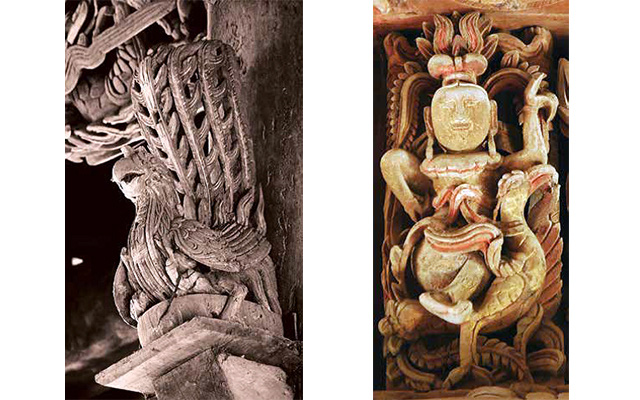
The restoration of monuments has always been considered a very specific profession.
Peculiarity and difference
Q: When were the inscribing activities cease to be carried out in such a manual manner?
A: Since computers appeared in the country in 1991 and 1992, drawing and inscribing activities in such a manual method have been declined gradually. Thanks to the support of machines, the cartographers only had to capture the monuments’ details and then redraw. They didn’t have to stay at the monuments as long as before. But somehow, I found that the long time we stayed at the monuments helped us love them more.
Q: Many say that current regulations, which treat the restoration of monuments as a special construction activity and require the activities to comply with regulations for the construction works, are not appropriate. What do you think about that?
A: That's right. Restoration of monuments is a very special and different activity. Considering monuments as construction works means that they have not attached special importance to their heritage value, but only recognised them as ancient architectural works.
The whole world must see the restoration of monuments in a separate manner. In Japan, the profession is completely free of time constraints. We cannot force progress on the restoration of monuments and avoid carelessness in the work. Currently, restoration activities are out of date and management agencies greatly sympathise with this. It is crucial to adjust the regulations so that they are suitable for this most specific activity.
Thank you very much for your interview!
